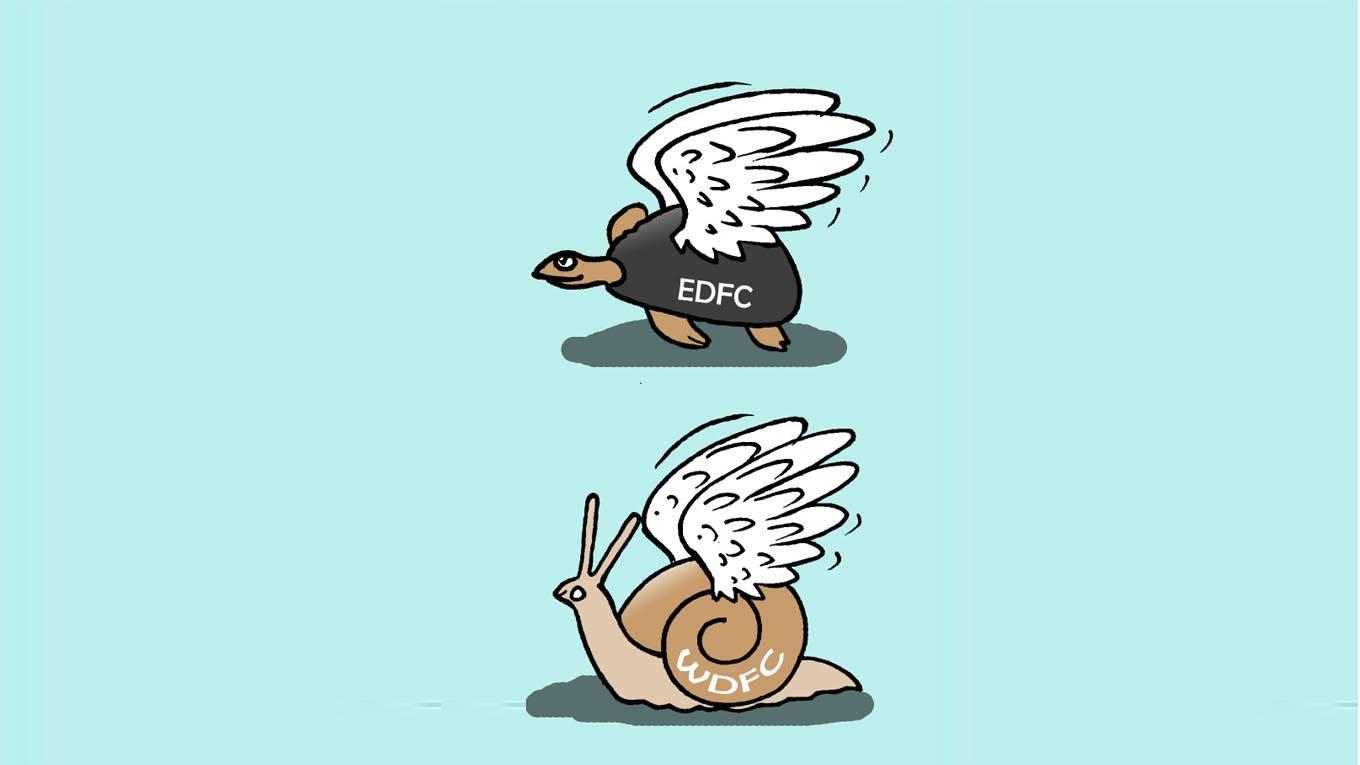After waiting for over 15 years, the people now have something to cheer about. Last fortnight saw two stretches of the ambitious Dedicated Freight Corridor (DFC) project finally coming live. Just a couple of days before the conclusion of 2020, Prime Minister Narendra Modi inaugurated the New Bhaupur-New Khurja of the Eastern Dedicated Freight Corridor (EDFC). And recently, he unveiled the New Rewari-New Madar section of the Western Dedicated Freight Corridor. During the video-conferencing-guided inaugurations, while the Prime Minister reiterated the game changing dimensions of the project, he also did not mince words about the execution process being full of fault lines. His detractors may well say that he is again trying to take undue credit for pushing something big to a conclusive stage, which was actually initiated by the previous regime. But talk to any analyst and he would agree that there is merit in the delay theory resulting in huge cost overrun (the most apparent disadvantage). And that it is not only restricted to DFC but other defining projects too and, therefore, symptomatic of a larger malaise, which seems to be inherent to the execution process of epic-scale or game changing projects. The over 2,800km-long DFC project was conceived in 2006, during the UPA I regime, when the economy was firing on all cylinders and probably enjoyed the best spell in GDP growth in the history of independent India. It entailed putting together all elements of radical transformation in railways freight carriage activities on a grand scale. The key objectives of the project included putting India in the select list of countries with a ‘dedicated freight only’ railway line; bringing in more efficiency in railway freight operations which, in terms of revenue generation, is its mainstay, despite being a cheaper mode of transportation; linking India’s main production clusters in central and eastern India with ports in western coast for exim trade; and energising economic activities in the towns closer to the line and facilitating the creation of modern and advanced multimodal assets (warehouses, logistics and industrial parks, container terminals, etc). Around the same time, the then UPA government had also announced the setting up of an equally super ambitious project – Delhi Mumbai Industrial Corridor (DMIC), which entailed the creation of a world class expressway between India’s two major cities, facilitating the fast carriage of goods from seven massive industrial nodes – the driving element of the project. Together, these two freight-centric projects in the last decade were believed to significantly bring down logistics costs in the country from a high double-digit number, making India more competitive. And the major parts of these projects, estimated to incur a staggering investment ticket size of $80-100 billion initially (implementation was planned phase-wise) were supposed to go live between 2015 and 2020.
-

Illustration: Panju Ganguli

































